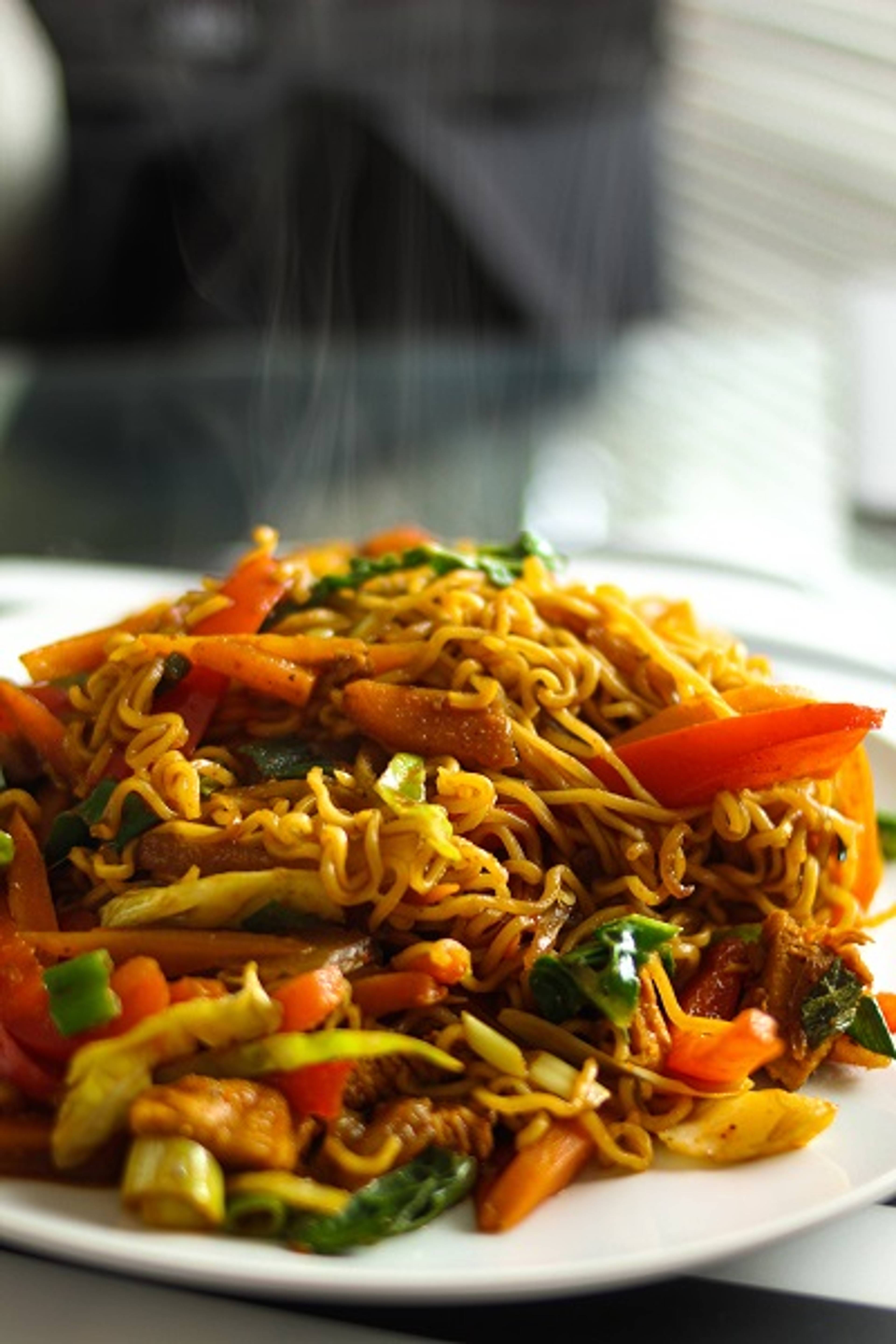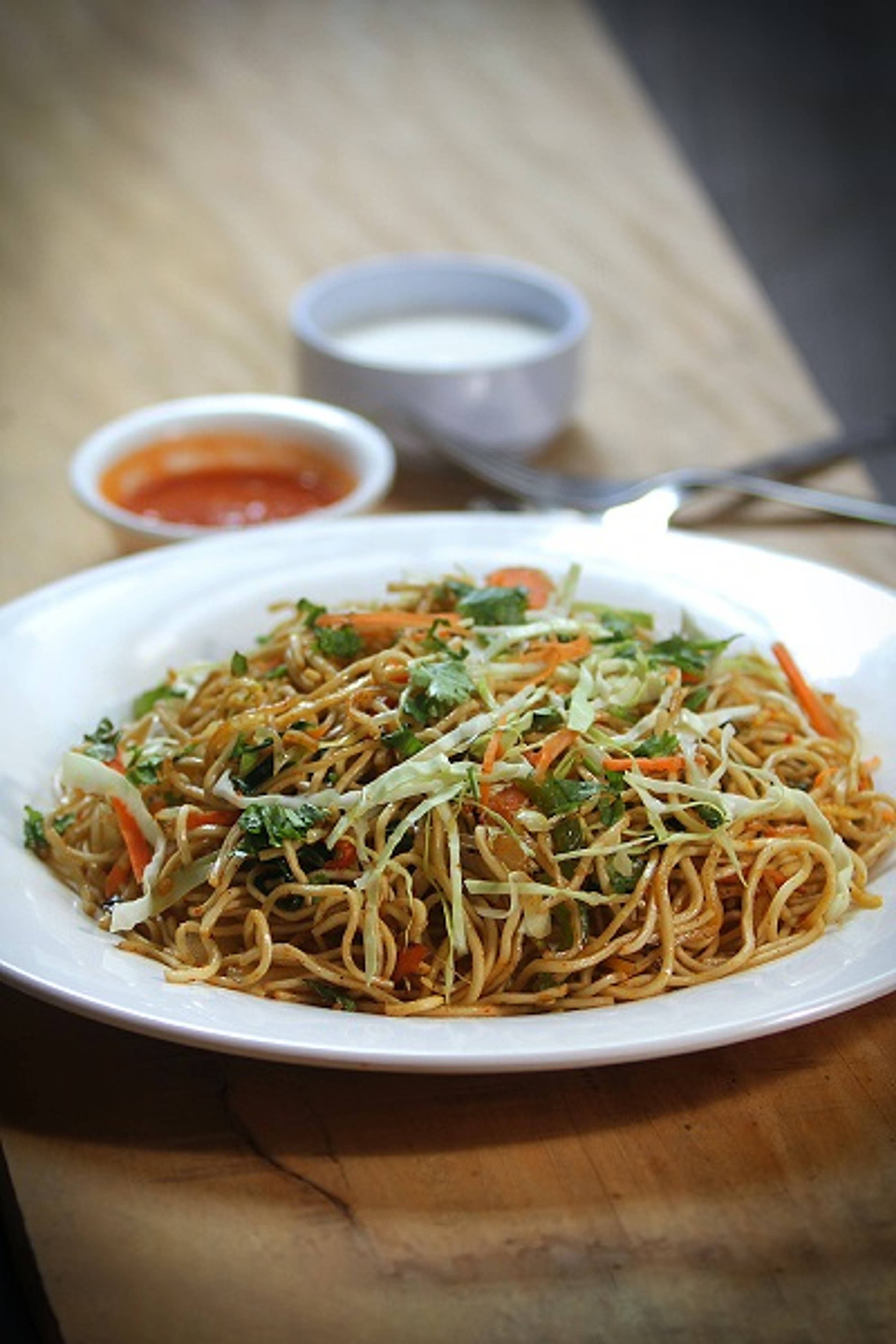Chow Mein vs. Lo Mein Noodles: What’s the Difference?
Noodles 101
As you might guess from their names, the difference between chow mein and lo mein is definitive—but not huge. Both chow mein and lo mein contain vegetables and some sort of meat, and they’re both noodle-based. (“Mein” translates to “noodle” in Chinese, as reflected in the word ramen, which originated with Chinese people who immigrated to Japan.)
What primarily differentiates chow mein from lo mein is how the noodles are cooked—but more on that below.

What Is Chow Mein?


What Is Lo Mein?
What Is the Biggest Difference Between Chow Mein and Lo Mein?
Before looking at the differences between chow mein and lo mein, it’s worth looking at their similarities. Both start off with the same type of egg noodle. Chow mein can be made with fresh or dried noodles, with dried noodles providing the crunch that American-style chow mein is known for. Lo mein is usually made with fresh noodles, though dried versions exist.
The biggest difference between chow mein and lo mein lies in the translations of their names: chow mein is fried, and lo mein is tossed.
The experience is somewhat different between the two. Lo mein tends to be saucier and more toothsome, with a texture some describe as “slippery” because of the noodles’ softness. Chow mein tends to have a greater variety of textures within the dish, thanks to the added texture that comes from frying the noodles.
The biggest difference between chow mein and lo mein lies in the translations of their names: chow mein is fried, and lo mein is tossed.
The experience is somewhat different between the two. Lo mein tends to be saucier and more toothsome, with a texture some describe as “slippery” because of the noodles’ softness. Chow mein tends to have a greater variety of textures within the dish, thanks to the added texture that comes from frying the noodles.

How to Make Lo Mein Noodles

How to Cook Chow Mein Noodles
